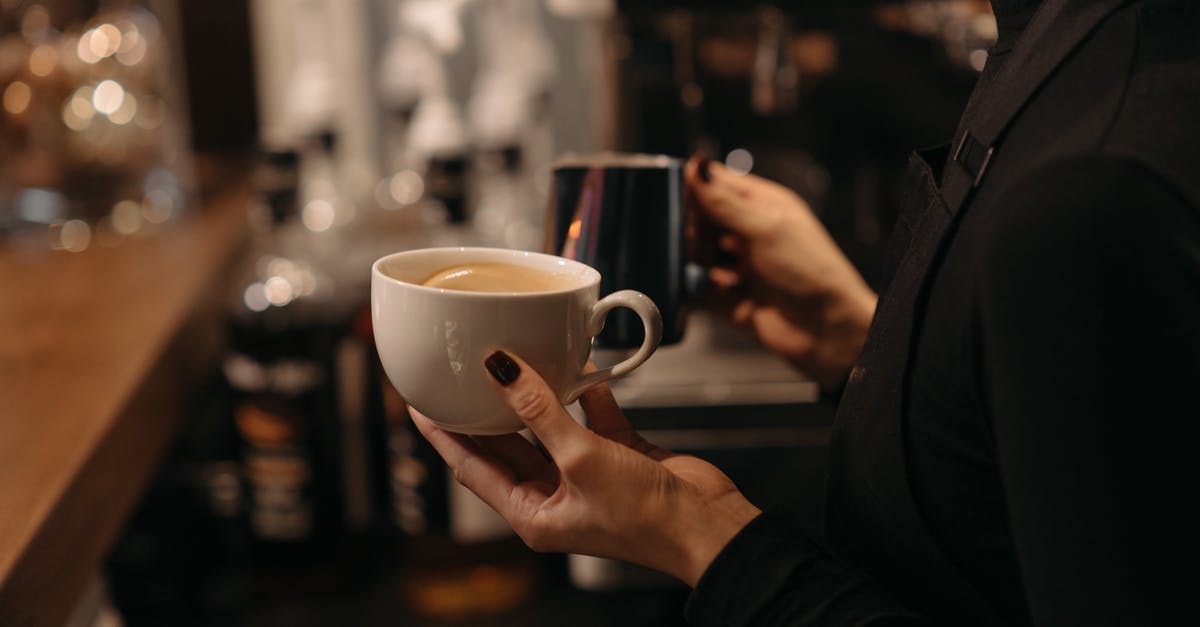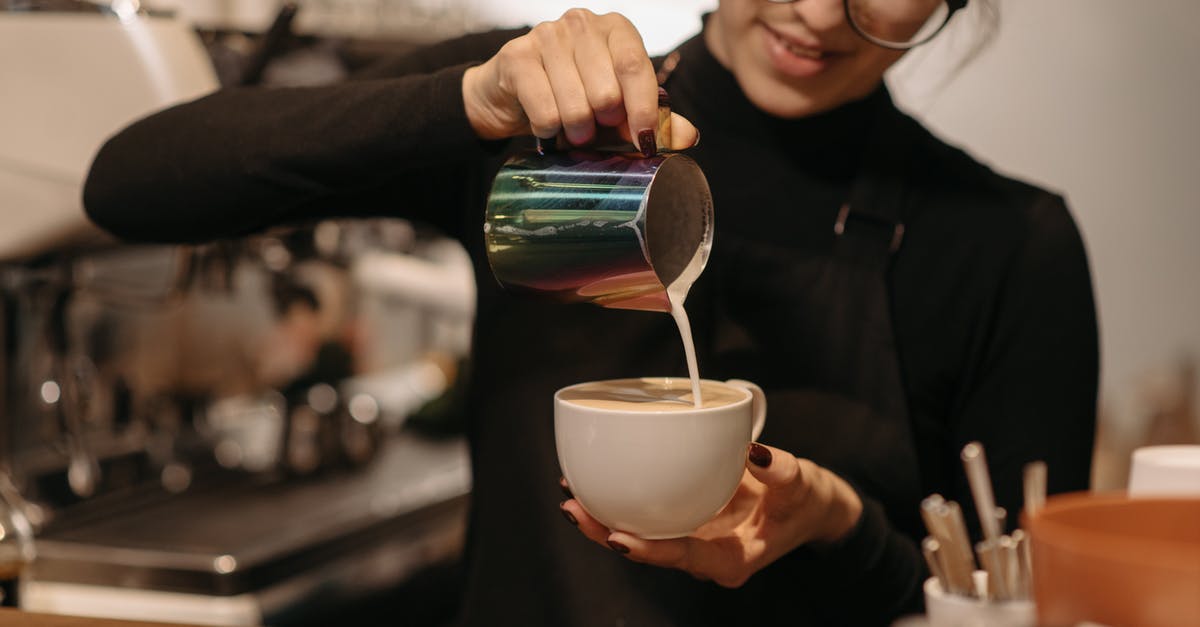Is industrially produced cream made with a gelatine sieve?

I've bought an ice cream bucket with, who would've guessed, cream - as one of its' ingredients. Now of course I've done some research and found out, that cream is usually produced with a centrifuge called "separator". However this website:
https://halalcertification.ie/why-butter-needs-to-be-halal-certified/
states:
Gelatine Sieve :
When cream is first made from milk, the cream needs to be strained from the milk. To do this, a very high-quality strainer with fine pores are needed to separate the two liquids of different densities. The better the sieve used, the better the quality of the skimmed (low/non-fat) milk produced.
[...]. The high-quality strainer in this case, could be the gelatine sieve, made of pig gelatine because it has really fine pores.
Is that true? Thanks in advance!
Best Answer
You read the site correctly, it's just that the information on the page is incorrect.
Commercial cream production consists of 5 main steps (from here, lots of info about different types of cream there too):
- Skimming, centrifugation: separation of fat globules in milk. Milk skimming is done in a centrifugal cream separator.
- Fat standardisation: in order to obtain the expected fat content.
- Homogenisation: to prevent the creaming phenomenon during storage and to allow an increase in cream viscosity (for low-fat fluid creams)
- Heat treatment: the objective is to inactivate microbial lipases and as a result destroy pathogenic germs without damaging the cream organoleptic qualities. Most creams are pasteurised.
- Seeding and maturation: pasteurised creams may be matured with acidifying, aromatic or even thickening mesophilic lactic bacteria. Maturation gives more taste to the creams and protects it against lactic acid and bacteriocin production.
Gelatin would make a poor filter for this sort of thing - it is weak structurally and diffusion of the water molecules through the pores is slow - it would take days to dialyze/strain the volumes produced in a commercial system, which increases the risk of bacterial and fungal contaminants growing, and makes the system slow.
Gelatin is added to some creams (thickened cream (UK/AUS/NZ), whipping cream (USA)), to act as a thickener and produce a smooth stabilized foam when whipped. Gelatin can come from a variety of animal sources, but generally pigs and cattle which is why creams need to be certified as halal. Many commercial products contain vegetable derived thickeners (e.g. carrageenan) instead of gelatin
Pictures about "Is industrially produced cream made with a gelatine sieve?"



GELITA - How is Gelatine made?
Sources: Stack Exchange - This article follows the attribution requirements of Stack Exchange and is licensed under CC BY-SA 3.0.
Images: Pavel Danilyuk, Pavel Danilyuk, Pavel Danilyuk, Monstera
